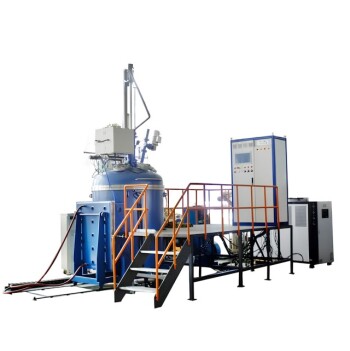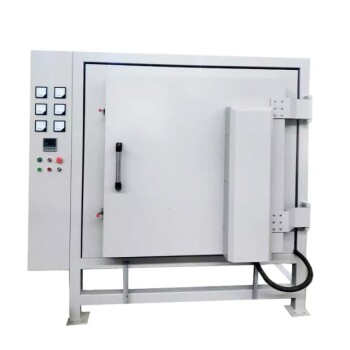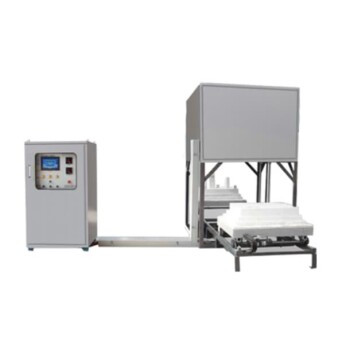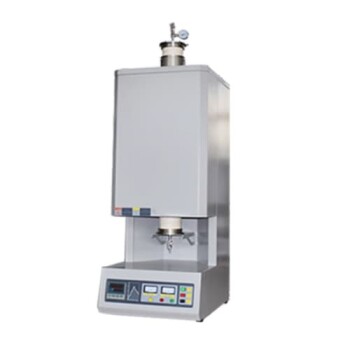The primary disadvantage of a core type induction furnace is its lack of refining capacity. This means that the materials placed in the furnace must be clean of oxidation products and have a known composition. Due to this limitation, some alloying elements may be lost during the melting process due to oxidation, necessitating their re-addition to the melt. This requirement for pre-cleaned materials and the potential for alloy loss can complicate the melting process and increase operational costs.
The core type induction furnace, despite its ability to reduce oxidation losses through the use of low frequencies and the absence of electrodes, still faces the challenge of maintaining the integrity of the alloy composition. The furnace's design minimizes the oxidation of molten steel and reduces waste production, but it does not inherently prevent the loss of alloying elements that are sensitive to oxidation. This necessitates careful monitoring and adjustment of the melt composition, which can be labor-intensive and require additional materials to correct.
Moreover, the absence of a flux-concentrating core in coreless induction furnaces leads to reduced power efficiency compared to channel furnaces. This reduction in efficiency can impact the overall energy consumption and operational costs of the furnace. While smaller coreless furnaces can operate at higher frequencies to maintain efficiency and promote stirring action, the overall energy efficiency remains a concern, especially in larger operations.
In summary, while core type induction furnaces offer advantages such as cleaner operations and reduced oxidation losses, their main disadvantage lies in their limited refining capacity. This limitation requires meticulous preparation of charge materials and careful monitoring of the melting process to prevent the loss of valuable alloying elements, which can complicate operations and increase costs.
Discover the unparalleled benefits of KINTEK SOLUTION's advanced induction furnace technology, designed to overcome the refining limitations of traditional core type models. Our innovative solutions ensure precise alloy composition control, minimize oxidation losses, and optimize energy efficiency, ultimately simplifying the melting process and reducing your operational costs. Elevate your laboratory’s performance with KINTEK SOLUTION – where efficiency meets precision. Contact us today to explore our cutting-edge induction furnace options!















